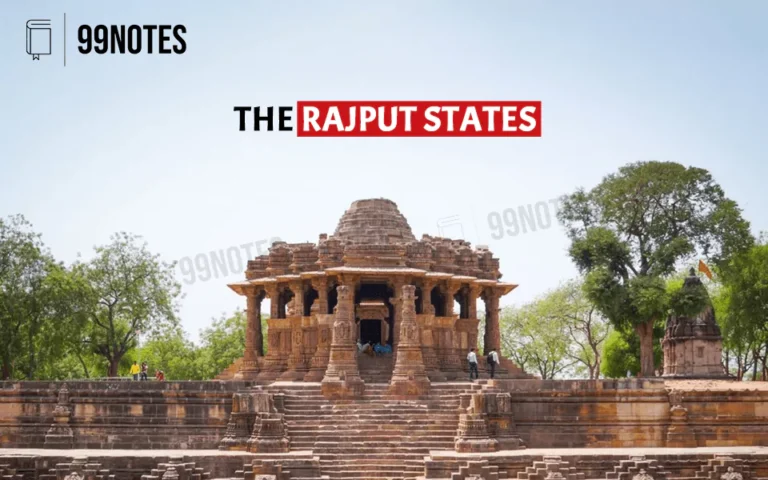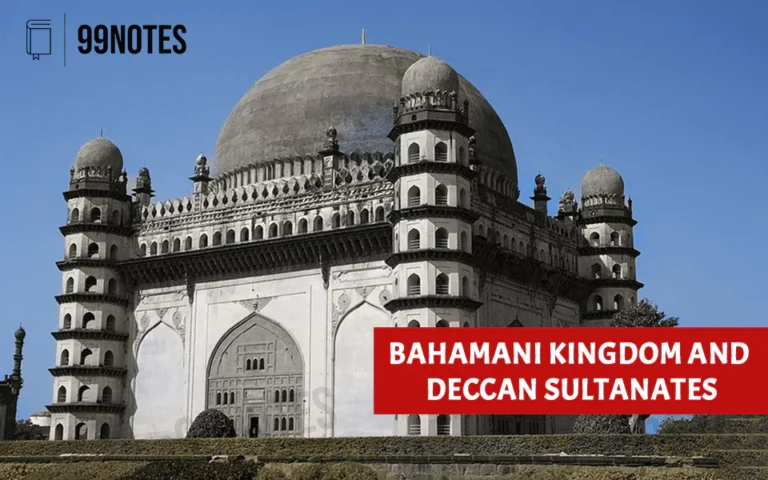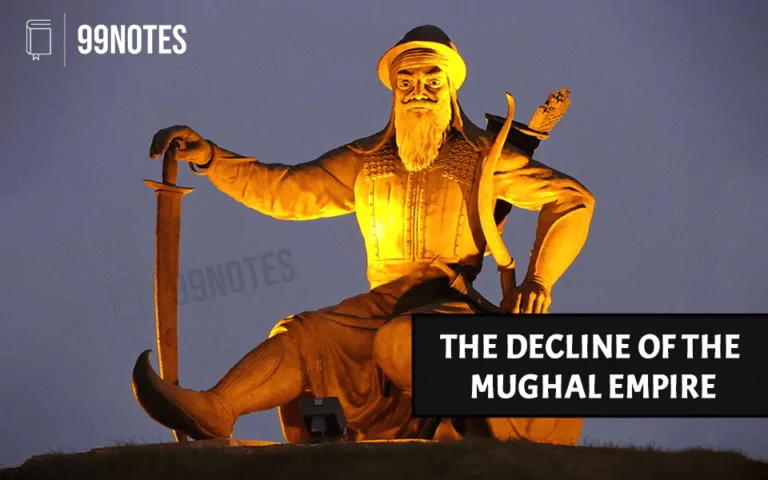Vijayanagara Empire (1336- 1646) AD: Contributions, Origin & Administrations
The Vijayanagara Empire (1336-1646) AD
Ruins of Vijayanagar, Hampi (Source: Karnataka Tourism website)
The Vijayanagara Empire flourished in Southern India, comprising the modern states of Goa, Karnataka, Andhra Pradesh, Tamil Nadu, Kerala and some parts of Telangana and Maharashtra.
After the weakening of control of the Delhi Sultanate in Southern India, the Vijayanagara Empire and the Bahmani Sultanate emerged as the dominant power in the mid-14th century. By the start of the 16th century, Vijaynagar rulers comprehensively defeated the Bahmanis, too, becoming the most dominant force in the region. Let’s study the origin and the salient features of this rich and diverse kingdom in detail.
Origin of the Vijayanagara Empire
- Harihara and Bukka founded the Vijayanagara kingdom.
- They served as feudatories of the Kakatiyas of Warangal and later became ministers in the Kingdom of Kampili in modern Karnataka.
- The two brothers were imprisoned and converted to Islam, and they served under Muhammad bin Tughlaq after the fall of Kampili.
- However, after a short time, Harihara and Bukka ditched their new master and the new religion.
- They were re-admitted to Hinduism by their guru Vidyaranya and established a new Empire with its capital at Vijayanagar.

Source – https://en.wikipedia.org/wiki/Harihara_I#/media/File:Harihara_and_Bukka_meeting_Vidyaranya.jpg
- The Vijaynagar Empire dominated the southern part of India for more than 200 years and finally declined after its defeat in 1565 CE in the battle of Talikota or Rakshasatangadi.
- Four different lineages or dynasties ruled the Vijayanagara kingdom. The first was the Sangama dynasty, to which Harhara and Bukka belonged.
Dynasties of Vijayanagara Empire

1. Sangama Dynasty
The Sangama dynasty was founded in the 14th century by two brothers, Harihara I and Bukka Raya I. They were the sons of Bhavana Sangama of the Yadava lineage.
| Harihara (1336 – 1356 CE) | · Harihara, along with his brother Bukka founded the Vijayanagar Empire.
· In the first 20 years of his rule, he gained most of the area south of the Tungabhadra. · He attained the title – “master of the eastern and western seas”. |
| Bukka (1356 – 1377) | · Succeeded his brother Harihara I. He was one of the most successful Vijaynagar rulers.
· Defeated the Sultan of Madurai and extended the territory into the south to Rameswaram. |
Deva Raya – I (1405 – 1422)
|
· Niccolo de Conti, the Venetian merchant, visited his court.
· His accounts influenced the maker of the 1457 Genoese map. · Persian writer Ferishta also wrote about his kingdom. · The account provided by Nuniz gives details of the projects undertaken by Deva Raya I that brought prosperity to the kingdom. · He maintained a secular attitude in administrative matters. · He kept Muslim soldiers in his army. He had a Mosque and a slaughterhouse constructed for the convenience of the Muslim soldiers in his army. |
Deva Raya – II (1422 – 46) |
· Persian Ambassador Abdur Razzak visited his court.
· According to Razzak, Deva Raya II’s Empire extended from Ceylon to Gulbarga and Orissa to Malabar. · According to Nicolo Conti, the king levied tribute on Ceylon, Quilon, Pegu, Pulicat and Tenasserim. · Deva Raya II had the title Gajabeteegara (“Hunter of elephants”) · Built Hazare Rama temple at Hampi. |

2. Saluva Dynasty (1485 – 1505 CE)
- Saluva Narasimha was the first ruler of the Saluva
- The Saluvas were the natives of the Kalyaniregion of northern Karnataka in modern India. The Gorantla inscription traces its origins to this area from the time of the Western Chalukyas and Kalachuris of Karnataka.
- Three kings of this dynasty ruled for a brief period and were succeeded by the Tuluva dynasty.
- Portuguese explorer Vasco Da Gama visited India during their rule.
3. Taluva Dynasty (1490 CE-1570 CE)
The original homeland of the kingdom was the westerly Tulu-speaking part. The eastern wall of Tirumala temple describes the genealogy of Krishnadevaraya.
| Krishna Deva Rai
(1509 – 1529 CE)
|
· He was the third king of the Tuluva dynasty and the most prominent ruler of the Vijayanagara Empire.
· Krishnadevaraya earned titles like o Karnataka Ratna Simhasanadeeshwara (“Lord of the Jewelled Throne of Karnataka”), o Yavana Rajya Pratisthapanacharya (“Establishment of the King to Throne”), o Andhra Bhoja (“Scholar of Andhra”), o Gaubrahmana Pratipalaka (“Protector of Brahmins and Cows”) and o Mooru Rayara Ganda ( “Lord of Three Kings”). |
| Achyuta Rai
(1529 CE-1542 CE) |
· Fernao Nuniz visited his court.
· The Tiruvengalanatha Temple was built during Achyuta Raya’s reign in Vijayanagara and was known as the Achyutaraya Temple. |
| Sadashiv Rai
(1542 CE-1570 CE) |
· His minister Aliya Rama Rai was the de-facto ruler.
· His defeat in the battle of Talikota marks the end of the Vijayanagar Empire. |
Krishna Deva Raya (1509-1529 CE)
- He was the son of Narasa Nayaka Tuluvaand his queen Nagamamba. He is considered by historians the greatest of all the Vijayanagar rulers.
- His empire extended from River Krishna in the north to the River Cauveri in the south and from the Bay of Bengal in the East to the Arabian sea in the West.
- The Portuguese travellers Duarte Barbosa and Domingo Paes visited the Vijayanagara Empire during his reign.
Krishnadevaraya’s Military career:
- His main enemies were the Bahamani Sultans, the Gajapatis of Odisha and the Portuguese (who controlled much of the sea trade).
- Relations with Portuguese:
- In 1510, Krishnadevaraya founded friendly relations with the Portuguese in Goa. The Emperor obtained guns and Arabian horses from the Portuguese merchants.
- He also utilised Portuguese expertise to improve the water supply to Vijayanagara City.
- However, Krishna Deva Rai seems to have paid less attention to developing a navy.
- Success in Deccan against the bahamani sultans:
- First, Yusuf Adil Shah (founder of the Bijapur Sultanate) was killed, and the Raichur Doabwas annexed. This also indirectly helped Bahamanis against the Adilshahis of Bijapur.
- In the battle of Raichur in 1520 CE, he decimated Bijapur and emerged as the most potent military power in the south.
- He then annexed Gulbarga, Bidar, and Bijapurinto Vijayanagar. These dominions were earlier core territories of the Bahmanid sultanate. Krishnadeva Raya reunited them into his own empire and earned the title “establisher of the Yavana kingdom“.
- Timmarusu (prime minister of Sri Krishnadevaraya) defeated the sultan of Golconda Quli Qutb Shah too.
- War with Kalinga:
- Krishna Deva Raya’s attainment at Ummatur gave the necessary momentum to carry his campaign into the Coastal Andhra, controlled by the Gajapati ruler, Raja Prataparudra Deva.
- The Vijayanagar army marched to the Udayagirifort in 1512 and planned an invasion of Kalinga. The Kalinga king Prataparudra eventually surrendered to him and made a marriage alliance.
- Krishandevaraya returned all the captured land and accepted the Krishna river as the boundary between the Vijayanagar and Gajapati Kingdoms.

Other Important aspects of his reign:
- He also tried to create a more centralised administration by ousting all the Nayaks from the Tungabhadra doab and bringing it under direct administration.
- Krishna Deva Raya was a Vaishnavite and was formally initiated into the Sri Vaishnava Sampradaya.
Krishnadevaraya’s contribution to literature:
- Along with great architecture, Sanskrit and Telugu literature also flourished during his time.
- He was a great scholar of Sanskrit and Telugu himself and composed epic Telugu poems Amuktamalyada and Satyavadu Parinaya and Jambavati Kalyana in Sanskrit.
- Eight eminent scholars or Ashtmahadiggaj stayed in his court. All of them were exceptional Telugu poets of their time:
- Tenali Ramakrishna(also known as Tenali Rama): He was the celebrated special advisor of Krishna Devaraya. He also served as the priest in the Ramalingeshwara Swami temple.
- Allasani Peddanna: He is known for authoring Manucharitram, also known as Andhra Kavitapitamaha.
- Nandi Thimmana: He is known for authoring
- Ayyalaraju Ramabhadra Kavi
- Pingali Surana
- Ramaraja Bhushana
- Madayagari Mallana
- Dhurjati
Fall of Vijayanagara Empire
- Krishna Devaraya’s death led to a struggle for succession in the royal family.
- Ultimately, in 1543, Sadashiv Rai ascended the throne; however, the real power lay in the hands of Aliya Rama Rai, his minister. Rama Rai successfully played off various Deccan Sultans against one another and tried to retain the prestige of the Vijaynagar Empire for some time.
- However, in 1565, the forces of Ahmednagar, Bijapur, Golconda and Bidar combined against Rama Rai in the battle of Talikota or Rakshasatangadi. They inflicted a crushing defeat in which Rama Rai was captured and executed, and the royal capital in the Vijayanagar was plundered and destroyed.
- The battle of Bannihatti/Talikota is generally considered to mark the end of the Vijayanagar. Although the kingdom continued for almost one hundred more years under the Araividu dynasty, it no longer influenced the politics of south India.
- Aftermath: After the fall of the Vijaynagar Empire, the powerful Nayakas took over the countryside as local warlords (Poligars). These Poligars always engaged in wars against each other and, therefore, could never unite.
Travellers & Ambassadors in Vijayanagara Empire
- Foreign Travellers to the Vijaynagar Empire left a rich diversity of literature. These have been a major source of history for historians.
- From the 16th century, most of these travellers were Portuguese due to the establishment of a Portuguese territory in Goa.
| Abdur Razzak ‘Samarqandi’
(1443 – 1444 CE) (Samarqand means Uzbeg) |
· A Persian scholar and an ambassador of Persia.
· Visited during the rule of Deva Raya II. · Luxurious life of travellers, nobles · City life. · A large no. of women conducted Sati during the reign. |
| Niccolo Conti
(1420 – 1421 CE) |
· He was a Venetian (Italian) merchant.
· Visited during the rule of Deva Raya I · Mentioned a large number of Sati Incidents. · Book: Historia de Varietate Fortune |
| Duarte Barbosa | · A Portuguese traveler who visited during the rule of Krishna Deva Raya.
· Mentioned the life of the people, occupations & Houses in Vijayanagar. |
| Dominico Paes
(1520 – 1522 CE) |
· A Portuguese traveller who visited during Krishna Deva Raya’s reign.
· He described Krishna Deva Raya as being of medium height, fair complexion and a good figure, rather fat than thin; he had on his face marks of smallpox. · Described marketplaces in Vijayanagar- Precious stones, cloth etc. Mentions Lakes, gardens, cities, agricultural fields and irrigation systems. · Described a ceremony at Mahanavami Dibba in Hampi. |
| Fernao Nuniz
(1535 – 1537 CE) |
· Portuguese Merchant.
· Visited during the rule of Achyuta Deva Roy · Describe the whole lineage of the Vijayanagar Empire. · Described markets- All types of fruits & meats were available. · They described that women were employed as Dancers, Domestic servants, Palanquin bearers, Wrestlers, Accountants, Judges and Watchwomen. |
Administration of Vijayanagara Empire:
- The kingdom was branched into Rajyas or Mandalam (provinces), which were further subdivided into Nadu (district), Sthala (sub-district), and Grama (village).
- The king was the ultimate authority and was assisted by a council of ministers, which consisted of great nobles of the kingdom.
- The rule of primogeniture was not established in Vijayanagara, leading to a series of civil wars among the various contenders.
- Six provinces were created inside the empire for administrative purposes.
- The provincial governors had significant autonomy. They held their courts, appointed officers, and maintained their armies. They were even allowed to issue their coins, though of small denominations only.
- Nayankara system at the Provincial level:
- The Nayankara system was an essential characteristic of the Vijayanagar political organisation.
-
- It was an administrative policy of the kings to assign Land revenue assignments (amaram) to the Nayakas (amaranayakas) in return for military service and a fixed financial contribution. However, they did not have proprietary rights over the land.
- However, the growth of the hereditary Nayaka system tended to curb the freedom and initiative of the village councils.
- Further, Nayakas often acted as local warlords(Polygars), fighting amongst themselves for greater influence.
-
- Ayagar system at the Village level:
- Ayagars were village officials supposed to maintain village administration. They were allocated tax-free lands (which they could sell or mortgage) and a portion of the land income from the village.
- After their appointment, the post would become hereditary.
- The Chola traditions of village self-government declined under Vijayanagara rule.
- Categories of Villages:
- Amara Villages: This was the largest category of villages (almost 3/4th of all villages). It was given by the Vijayanagar rulers to the Amaranayakas. However, they were not provided with proprietary information rights and could enjoy only income privileges.
- Bhandaravada Villages: This was the smallest category of villages. They were crown villages, and the income would go to the king.
- Devadana Villages: Villages granted to the deities which were worshipped in the large temples. Temple officers (Brahmanas) managed the villages to ensure the proper utilisation of the villages.
- Manya: Tax-free villages to maintain Brahmanas, temples and Mathas.
- Judicial administration was based on Dharmashashtras, and harsh punishment was given to criminals, including the death sentence, mutilation of limbs, and confiscation of property. In addition, torture was used to extract the truth from the suspected culprit.
- Ayagar system at the Village level:
Economy of Vijayanagara Empire
- Agriculture, land revenue and commerce were the significant sources of income for the Vijayanagara rulers.
- Land revenue demand varied in different parts of the empire and was based on the fertility of the land.
- There was elaborate provision for irrigation, and large tanks called Anicut or Bund were built.
- In addition, Dasavanda or Kattu Kodage grants were made to encourage private initiatives in irrigation development.
- In addition to the land tax, there were various other taxes, such as property tax, sales tax, Industries tax, professional taxes, military contribution (in times of distress), tax on marriage, etc.
- Nikitin, the Russian traveller, has mentioned the miserable condition of people in the countryside.
- Trade and commerce:
- The role of coin money was a notable feature of trade and commerce under the Vijayanagara rulers.
- Urban life flourished under the Vijayanagara Empire, and many cities and towns developed around rich temples and actively participated in trade.
- Historians consider the period of the Vijayanagara Empire as a transition period from the old economy to the new economy.

Social Structure and Religion in Vijayanagara Empire
- The dominance of Brahmanas: The emergence of many Vedic temples endowed with “Devadana villages”(land gifted to temples) gave Brahmans the power to exercise ritual control over all other castes and religious institutions.
-
- Brahmins also benefited from Manya villages (tax-free villages to maintain Brahmanas, temples and Mathas).
- Secular functions of Brahmanas: The Brahmans also performed secular functions; they were appointed as military commanders. They built and commanded fortresses in the various parts of the empire, for which they were assigned revenue from the crown villages (Bhandarvadas – e. villages directly under the king).
- Dual division of lower castes: The lower castes were divided into left-hand (Vaishnavites) and Right-hand (Shaivites) The left-hand castes were engaged in extensive non-agricultural trade, and the right-hand groups were primarily engaged in agricultural production and local agricultural trade.
- Territorial division of society: Social groups in Tamil country was divided into natural sub-regions and occupations and had very less interaction with groups nearby. They preferred cross-cousin and maternal uncle-niece marriages.
- Position of women: Women had mixed positions in the empire. There are instances of them achieving high posts, but social malpractices were also prevalent.
-
- According to Nuniz, the Portuguese merchant, the kings had women astrologers, clerks, accountants, guards and wrestlers.
- Dominico Paes has mentioned Devadasis, who had a respectable position in society.
- However, practices like child marriage, polygamy & sati (sahagaman) were common.
- Religion:
-
- It was the period of the Bhakti movement, and one of the prominent saints of this movement was Haridasas, the Vaishnavite saint.
- The kings of the Vijayanagara Empire allowed freedom of religion, and Muslims were employed in their armies. Muslims and Christians were allowed to build their place of worship.
Art and Architecture of Vijayanagara Empire
- The Vijayanagar architecture combined various south Indian styles such as Hoyasala, Chalukyas, Pandya and Chola.
- Another aspect of Vijayanagara architecture is the presence of many secular structures bearing Islamic features, which shows the city’s cosmopolitan nature.
- The temples had a Mandapam (open pavilion)with an elevated platform intended to accommodate the deity on particular occasions.
-
- The Prasanna Virupaksha temple, the Hazara Rama temple, built by Deva Raya II and the Virupaksha temple at Hampi are examples of Vijayanagar architecture.
- The temples also had a Kalyana Mandapam. These are Mandapas dedicated to hosting the marriage between gods and goddesses.
- Kalyana Mandapas are decorated with elaborately carved pillars with animals sticking out of them. The horse was the most significant animal to be depicted on the pillars.
Source: https://www.flickr.com/photos/mukulb/6163150583
- The Amman shrine, which was meant for the consort of God(i.e. the goddesses), was also significant.
- The Raya Gopurams (towers in commemoration) signify kings’ visits to different corners of the kingdoms. For example, Virupaksha temple has a walled enclosure with a prominent Raya Gopuram.
Art & Literature:
- Literary works: Most of the works by poets, philosophers and scholars were done in Kannada, Telugu, Tamil and Sanskrit.
- King Krishna Deva Raya was an accomplished Telugu and Sanskrit scholar who wrote Amuktamalyada, an epic Telugu poem.
- The Ashtadiggajas in Krishna Deva Rai’s court were considered the literary assembly’s pillars. The well-known among them were Allasani Peddana, who held the honorific title of Andhrakavitapitamaha (father of Telugu poetry) and Tenali Ramakrishna, who authored several notable works.
- The Vijayanagar period is known for the origin of Carnatic musicunder the Purandhar Das.
- Bharatanatyam and Yakshagana was a popular dance drama closely associated with temples.
- Bronze Sculptures – The sculptural art in the Vijayanagar times follows the Chola style. The images have greater movement and fluidity in Vijayanagar times.
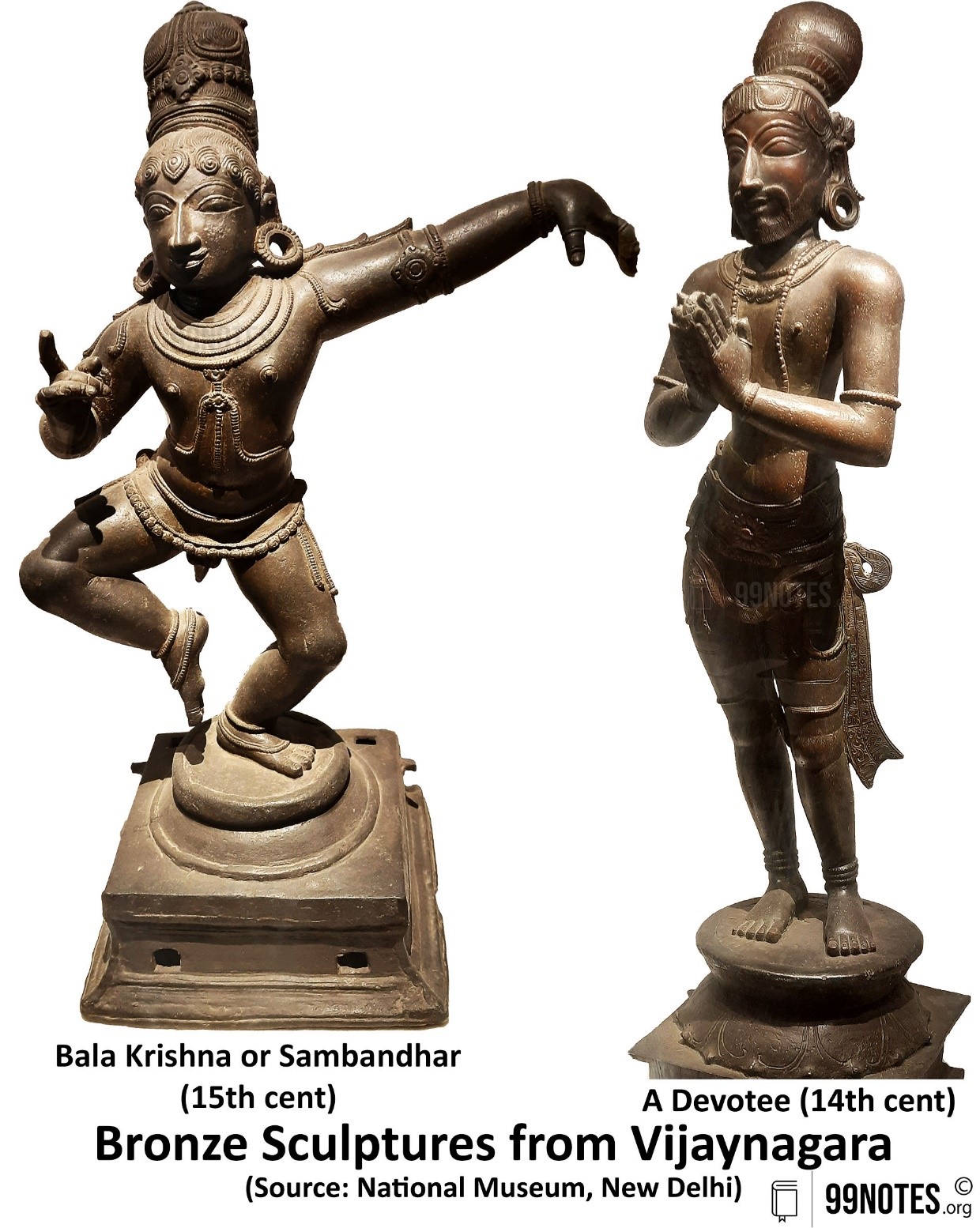
Conclusion
The Vijayanagara Empire kept South India united for more than two centuries. It led to significant developments in art and culture. However, by the later part of the 16th century, Vijaynagar was led by a series of weak rulers, which led to its decline. The region was then ruled by Deccan sultanates and the Polygars (local warlords), who were constantly at war with each other.

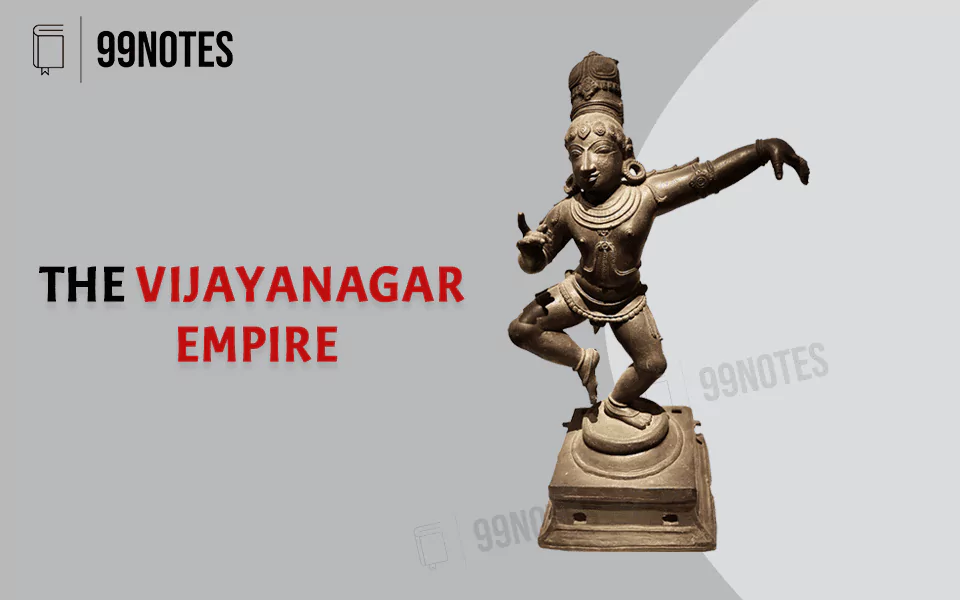



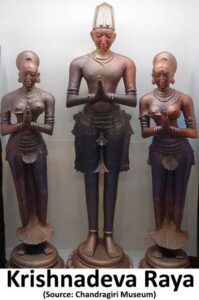

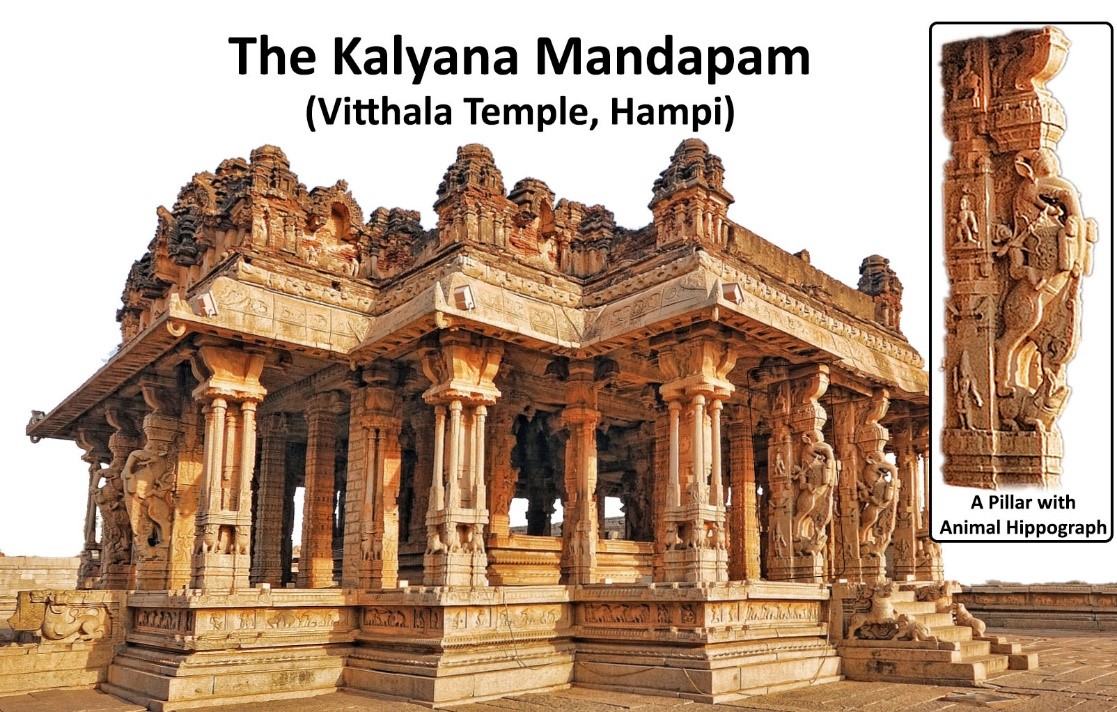
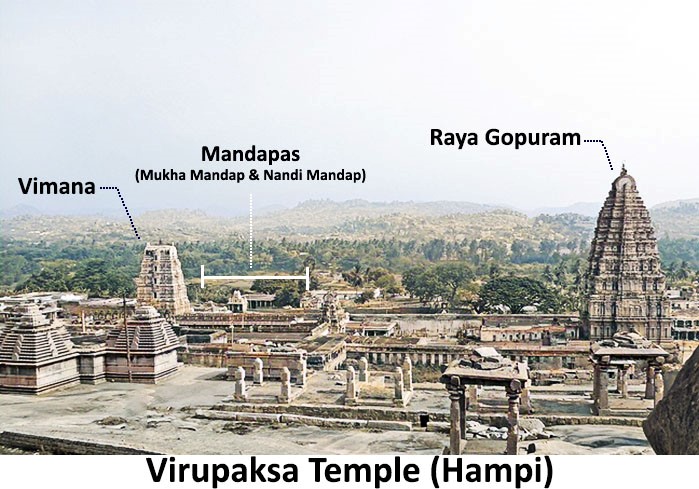
![Tripartite Struggle (790-1162Ad) History, Cause &Amp; Consequences [Upsc Notes] | Updated July 27, 2024 Tripartite Struggle (790-1162Ad) History, Cause & Consequences [Upsc Notes]](https://99notes.in/wp-content/uploads/2022/12/tripartite-struggle-featured-768x500.webp)
![Maratha Empire: History, Rulers, War &Amp; Administration [Upsc Notes] | Updated July 27, 2024 Maratha Empire: History, Rulers, War & Administration [Upsc Notes]](https://99notes.in/wp-content/uploads/2023/04/maratha-empire-featured-768x500.webp)

